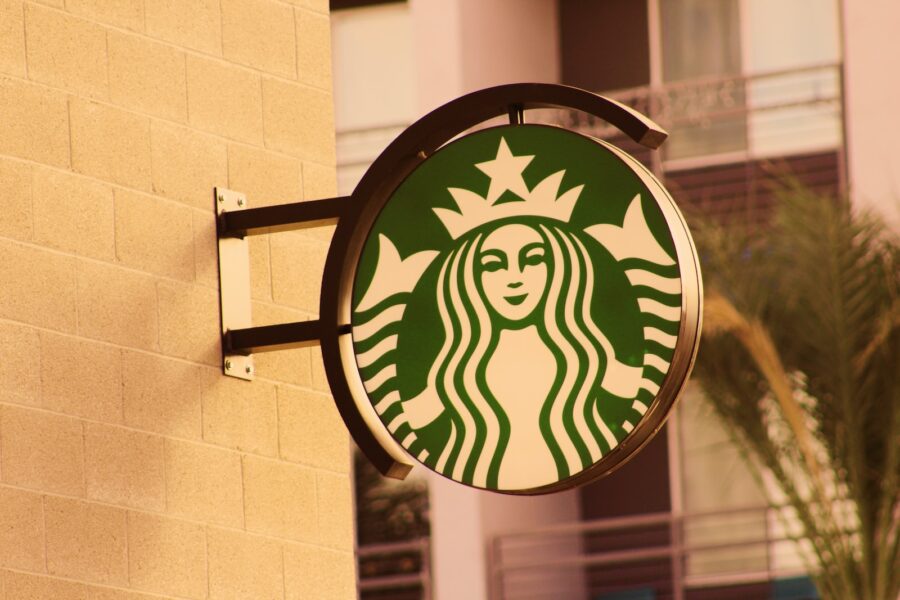A wave of unionization efforts spurred by frustrated workers and outdated systems are signs that Starbucks must plot a revival.
At this pivotal moment for the coffee giant, what exactly needs to change? Let’s take a closer look. …
RAPID EXPANSION
When Howard Schultz became Starbucks’ CEO in 1987, his goal was to bring Italian-style espresso to Americans by building cafes with small prep areas, where baristas could brew and serve a limited number of offerings. But as Starbucks grew, so did its menu.
Today, Starbucks’ customers can customize their coffee orders in 170,000 different ways, order ahead via the mobile app, or pick up their coffee in record time using the drive-thru. Each of these developments intended to improve the customer experience has put additional pressure on employees, many of whom have reached their breaking point.
EMPLOYEE PUSHBACK
One in four Starbucks’ baristas in the U.S. quits their job within the first 90 days, according to internal figures, up from roughly one in 10 previously, reported The Wall Street Journal.
A common complaint among frustrated employees is that the kitchen equipment and store designs are outdated, making it difficult to keep up with today’s customer demand. Starbucks locations that used to average 1,200 orders per day are now trying to fulfill 1,500. One U.S. cafe that averaged $1 million in annual sales ten years ago has nearly tripled its revenue, but still operates in the same 1,500-square-foot space, for example.
As a result of these mounting pressures, the unionization effort that began in Buffalo, New York a year ago quickly became a nationwide push that has led to more than 200 locations voting to join Starbucks Workers United.
Starbucks has notoriously opposed unionization, and announced a $1 billion investment in employee wages and benefits last fall, adding $200 million more for pay, training and other benefits this past May, reported CBS News.
RUNNING OUT OF TIME
In an effort to identify problem areas and find solutions, Starbucks has also been conducting tests at a 20,000-square-foot facility called the Tryer Center. Inside, baristas prepare drinks in a mock-up cafe and researchers time them, noting where slowdowns frequently occur.
Tests in the Tryer Center show that it takes roughly three minutes to complete the eight-step process required to make an Iced Caramel Macchiato, a popular drink but not the most complicated offering.
Meanwhile, Starbucks baristas at cafes around the country are expected to prepare drinks in a fraction of that time. A photo shared by one barista showed a clipboard used to track workers’ drive-through delivery times that read, “Expectations: Under 50 Seconds.”
Howard Schultz has acknowledged that drive-thru service puts additional pressure on employees, but nearly half of Starbucks’ U.S. sales come from drive-thru orders. As such, Schultz recently indicated that 90% of the chain’s new stores should include drive-thrus.
NEW LEADERSHIP
Schultz, who came out of retirement to become interim CEO during the pandemic, will soon be shifting his responsibilities to Laxman Narasimhan, a longtime PepsiCo executive who’ll take over as CEO in April 2023.
Narasimhan was most recently CEO at Reckitt, a U.K. consumer health and nutrition company where 23% of employees were unionized at the end of last year. “The perspectives he brings will be a strong asset as we build on our heritage in this new era of greater well-being,” Schultz said in a press release.
Narasimhan recognizes that he’s stepping into the role at a unique moment in Starbucks’ history.
“I am humbled to be joining this iconic company at such a pivotal time, as the Reinvention and investments in the partner and customer experiences position us to meet the changing demands we face today,” he said.












